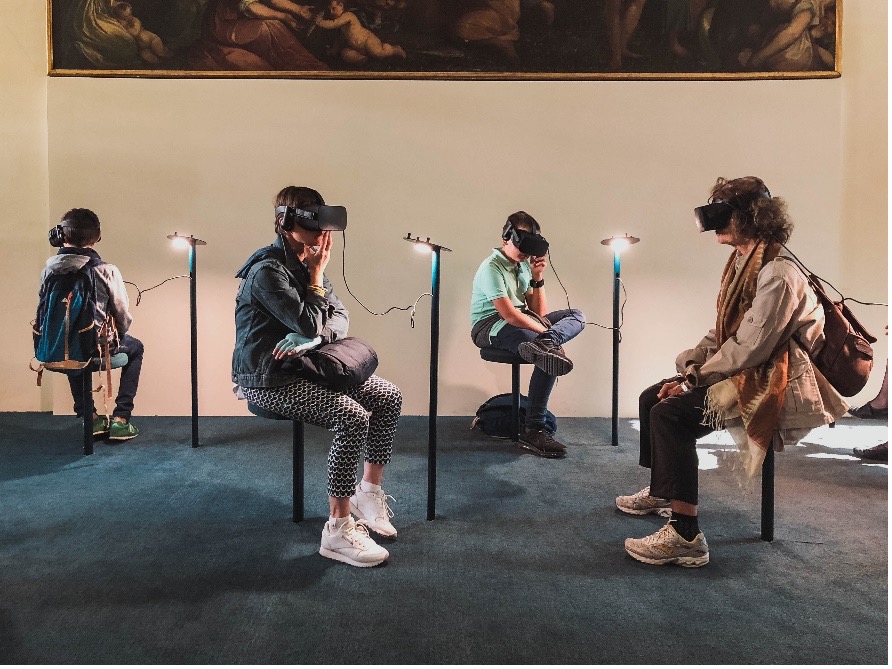What is Virtual Reality (VR)?
Virtual Reality is a computer-generated simulation of an alternative world or reality. It can include whole places, items, objects or specific events. VR helps to create real simulations and to “dive” the user using the computers and sensory devices. These may be VR goggles, controllers, gloves or vests equipped with haptic systems.
The goal of Virtual Reality is to make a virtual world as realistic as possible. The task is to exert real sensations and natural reactions on the user. Most of us have played a single game in our lives on our computer, console or phone. Some also took part in online or computer training and saw the virtual world only on the screen. During the games there were certainly some emotions, which often can’t be said about the training😊. It’s a little different when we put a VR headset that takes us right into the middle of the action. Insulated us from the outside world and give us full manual control over our activities in the virtual world.
In addition to games and entertainment, virtual reality is used for training, education, learning and automotive. It is also used in situations that are difficult to cope with in the real world. This may be scientific investigations, simulations of operations or the presentation of bulky objects. For example, when training to operate an aeroplane or an airport service, it is not necessary to deactivate the entire runway or the aeroplane, while maintaining full experience and accurate imaging of the real equipment. In conclusion, virtual reality offers complete safety and an experience comparable to the real world. If you’re training on dangerous machines, you won’t get hurt if you’re wearing only VR goggles on your head😊
Want to learn more? Schedule a free consultation!


